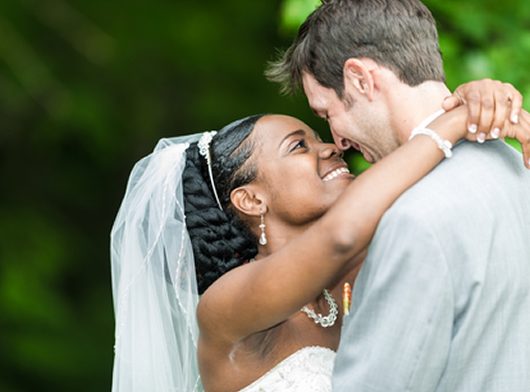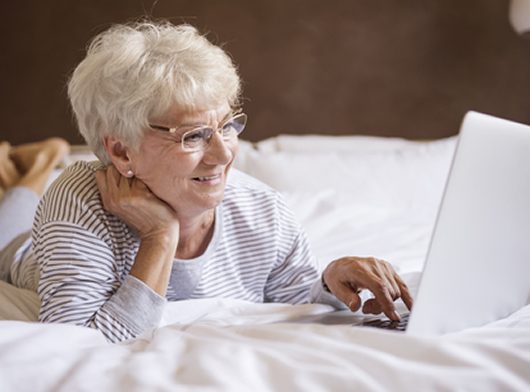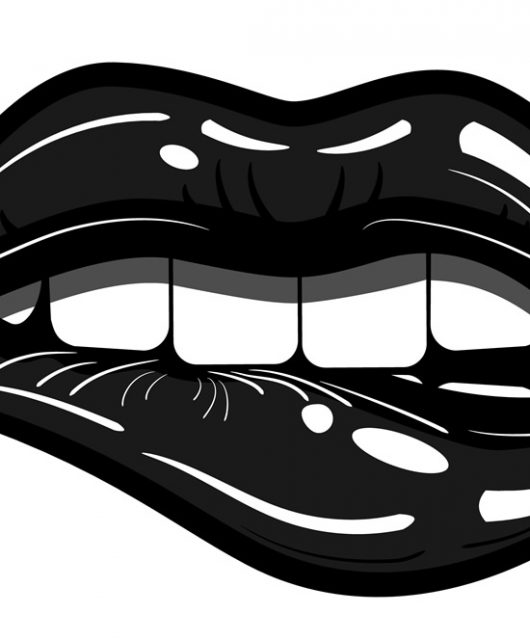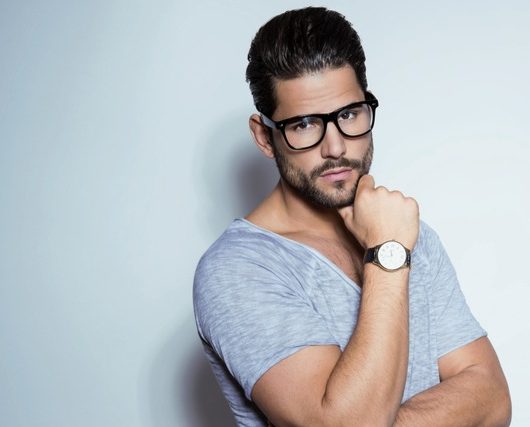So, you’re attracted to a person of another race. You would like to get to know him or her better, but have a sense of dread and weirdness about the whole thing. The person who attracts you is “different”; not the same color or ethnicity or culture as you. Suddenly, you realize that you have stereotyped the person; you have characterized them, and made generalizations or assumptions about them based on their race. What can you do to “see” the person for who they are, and not “see” https://www.interracialdating.com/fyooz/racist-beliefs/the stereotype?
If you truly want to change your stereotype collection, examine the assumptions that you have made about the person and the group to which he or she belongs. Where did those assumptions come from? What information are they based on? Are they based on real personal experiences with real people you’ve actually met, or on what you’ve learned from others, from television, from movies, or in school? Is it possible that some of your stereotypes are incorrect?
After you have examined where the stereotypes you have in your head come from, the next obvious step is to get to know the person. Stereotypes typically “dehumanize” people. Getting to know the person may reveal things you two have in common, such as you both like the symphony or bookstores, or the Giants, Japanese food, or maybe you both have been in a similar emotional situation. Shared similar experiences can open the door to creating emotional empathy, from which trust grows, and then who knows, affection and even love.
At the same time that you are getting to know your new found friend, continue to work on your own inner dialogue. Use appropriate terminology to describe ethnically and racially diverse groups, and avoid using types of designations and expressions which sometimes used to portray groups as inferior or superior to others. Also, be sure to refrain from using sweeping statements to describe all members of a particular group. Catch yourself out when you use the word “they” about a racial group. It can be a distancing word, making them the other, not at all like “we” or “us”.
Changing your own stereotype world requires diligence on your part to change your inner dialogue. Changing the stereotypes which deep down, you believe are true, requires pushing aside that racist inner dialogue and getting to know the living, breathing person who’s actually in front of you. You just might be surprised at how easy you will “see” the person, and how fast your collection of stereotypes will become a relic of old, tired thinking.
















